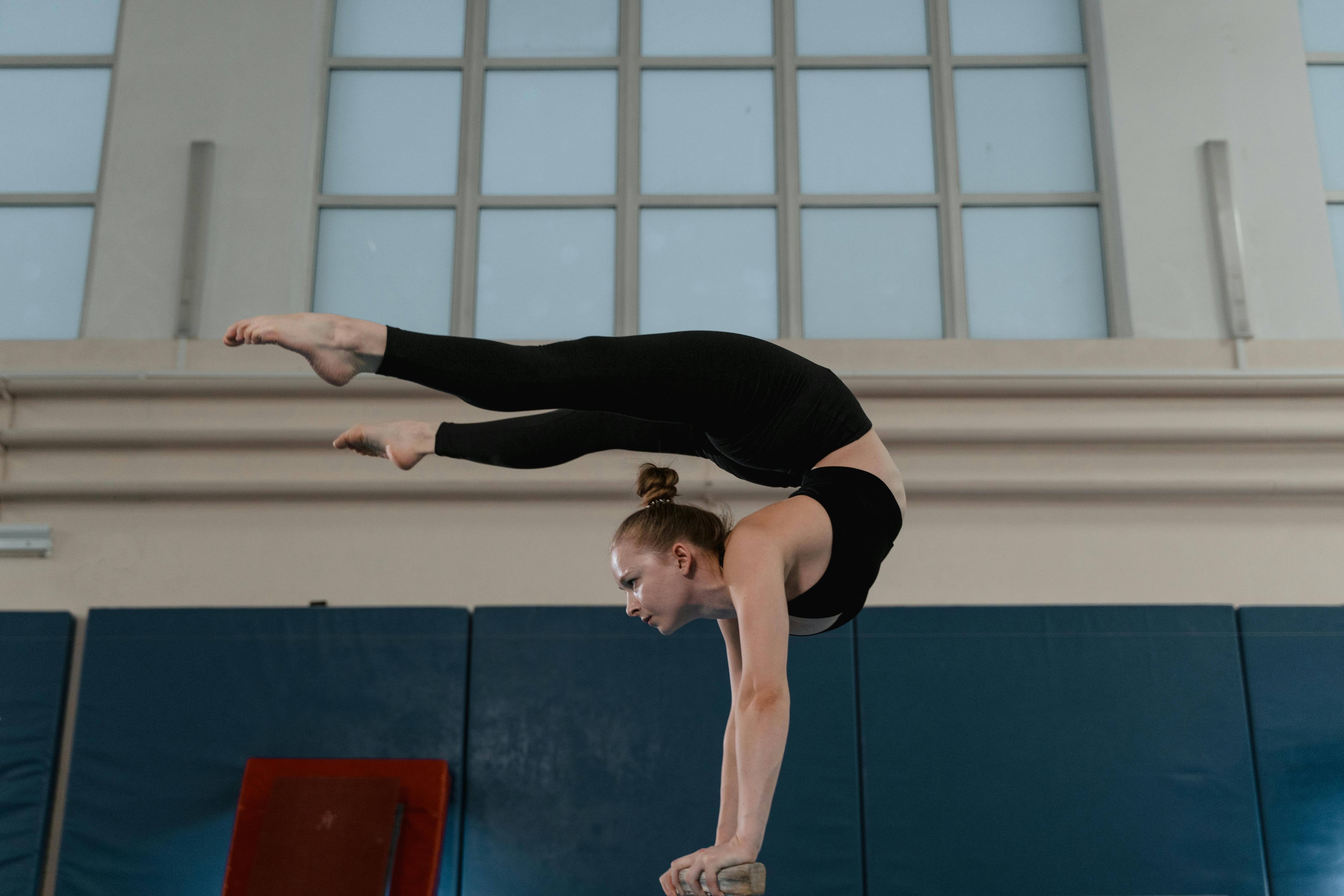Let them play!
Last night, I was able to attend a Butler Bulldogs vs. Princeton Tigers men’s basketball game at the historic Hinkle Fieldhouse on the Butler campus, an exceptional place to watch a game, 10,000 cozy seats close to the action, amidst some of the beautiful original 1928 architectural features, which are still visible: Hinkle Fieldhouse, when it was built, being the largest basketball stadium in the world… and while it was a well-played game, the new interpretation of the foul rules kept the game from being really fun.
Excited to see Princeton’s offense in action, Butler, for the most part, still well-prepared and well-led by Butler’s new coach, and Brad Stevens heir Brandon Miller, closed Princeton’s back cuts early, lo that forced Princeton to shoot 3-pointers in the first half, and then, after a halftime adjustment, clear space for their players to attack Butler and the basket one-on-one, which, under this new interpretation of the rules of fouls, also known as “all hands off,” caused foul, then foul, after foul, and turned the game into a foul-shooting contest, as Princeton went to the foul line, then back to the foul line. fouls, and then Butler would get a make-up call, and back and forth he would go.
By the end of games, Princeton had taken 37 free throws, the most free throw attempts Princeton had taken since the Tigers shot 40 free throws against Columbia in February 2005 … potentially a game well. played by Butler, and what should have been an easier Butler win, dragging through the free throw to eventually create a chance for Princeton to tie the game with less than ten seconds left.
Butler pulled out the 70-67 victory, but the most notable team in the game wasn’t Butler, or Princeton, but the umpires.
While the NCAA didn’t directly change any rules about fouls in the books, here are the main changes or “points of emphasis” umpires will be looking for this season of college basketball:
(Note: The NCAA also changed the wording of the block/charge offensive foul call, which is a welcome change, hopefully eliminating the defensive flop that had become an all-too-prevalent defensive tactic in the college game. The new wording says that a defender must be in a “legal defensive position” when a player starts his up move to pass or shoot…so basically the defensive player has to be in a defensive position earlier than last year to receive a load call).
Fouls must now be called when…
1) When a defensive player keeps a hand or forearm on an opponent.
2) When a defensive player puts both hands on an opponent.
3) When a defensive player continually strikes by extending his arm or arms, placing a hand or forearm on the opponent.
4) When a defensive player uses an arm bar to impede the advance of an opponent.
What causes this?
Well, from what I saw last night at the historic Hinkle Fieldhouse…
1) Quick whistles on any one-on-one defender.
2) Whistles that stop the game just as the game starts as offensive players try to cut and get around the screens.
3) Defense packing down the lane and only allowing open 3-pointers.
4) Quick whistles when any big man goes in for a shot with two or more defenders around him.
5) It is important to note that there is no flow in the game.
6) The energy of the local fans is diminished by continuous stoppages of play. (I saw some yawning in the crowd that made me yawn too…being contagious).
7) Players on both sides are frustrated.
8) An unintended effect, and for as long as I’ve been watching college basketball, this has always been there, of umpires fouling more on the team behind in favor of the favor, which, at least in this game, seemed to cause the best. team on the court, Butler, despite playing better and being the better team tonight, not being able to get as far away as they should have been. (Note: ESPN commentator Jay Bilas, in #2 Michigan State’s 78-74 win over #1 Kentucky, continually comments that Michigan State should be much higher than they were and comments from Adreian Payne and Matt Costello after of the game).
The NCAA stated that the need for these new foul interpretations was supposedly because scoring in college basketball was at its lowest point in the modern era last season. The idea and ideal, supposedly, behind these new interpretations of the rules is also that calling these fouls would increase the flow, movement and athleticism of the college game.
The first problem I have with this idea from the NCAA is the perceived need for more scoring, and that there is a continuing idea throughout the American sports world that “more scoring” makes the game more entertaining.
My second problem with this idea and ideal of the NCAA is that some of the best and most entertaining basketball games I’ve ever seen were tough, tough battles where every shot made was magnified.
I think the NCAA sees last year’s NCAA championship game between Louisville and Michigan as the ideal high scoring and entertaining event, a final score of 82-76, but their view of that game as an ideal college basketball game doesn’t see that the score wasn’t created by fouls or lack of fouls, but by each team’s unique styles that made the matchup more open and higher scoring, to include:
1) Louisville’s pressure, when effective, creates high-quality offensive opportunities.
2) Louisville’s pressure defense, once broken, leaves room open for the offense to operate if done quickly.
3) John Beilein’s system encourages high-quality photography.
4) Trey Burke was playing and was the best player in college basketball last season.
5) Neither team had a truly dominant big man who could affect the other team’s shots.
6) Spike Albrecht, who averaged 2.2 points per game last season, hit 4 3-pointers and scored 17 points in the first half.
7) The only limiting factor on offense for either team was Louisville’s Russ Smith, whose low-quality, selfish shot selection — Smith went 3-for-16 from the field — was Louisville’s and only offensive hurdle of the game. .
It is important to note that in this highly entertaining championship game, the fouls and free throws had very little to do with the entertainment value of the game, rather it was the complementary styles of the team, the lack of dominance by the big men , strong offensive strategies and a player. , Albrecht, going crazy, which made the game so entertaining.
From what I saw last night at Hinkle Fieldhouse, the NCAA has chosen the wrong route to open up the game, increase the score and make the game more entertaining, and that, by their decision to reinterpret fouls, it seems to me as though they don’t understand very well the game they rule, or the reasons why the flow of college basketball has slowed.
If you really want to increase the flow of the game, open up space and increase the score (although free throws falsely increase the score), fouls are not the way to do it.
A practical solution would be to reduce the shot clock to 30 or even 28 seconds, which would give those teams that control the ball a little more time to get the ball and control the pace, allow teams enough time to get and create quality offensive opportunities, and increase the number of shots taken per game.
Although now it would never be changed as the rise in massive popularity of the games has coincided with the inception of the three point shot… the best way to increase the flow of the game would be to remove the three point shot as the players would have to. he learns to run the lanes properly on the fast break and doesn’t stand in predictable areas on the floor while playing offense for defenders to pick up. Although this would never happen now, the 3-point shot has, over the years, become part of the problem for the flow of the game. Keep in mind that it was the era of players who didn’t grow up with the 3-point shot as part of their game, i.e. Magic, Bird, Jordan, and therefore players who had to be stronger in fundamentals. offenses of the game (not to mention excessive 3-point practice), which brought college basketball to the era of popularity it is today, and also brought the NBA to its best level of play in its history despite tougher defenses. physics the game has known in the late 1980s and early 1980s. 1990
Of course, over time, college players will somewhat adapt to these new interpretations of fouls and find new ways to limit the mobility of offensive players by getting in their way and standing in front of them, and at present, Coaches will design more zone defenses. to protect his players from fouls (and thus increase 3-point attempts), but this doesn’t make the game of basketball any easier to watch.
So instead of increasing the number of fouls, after watching last night’s game at Hinkle Arena, it seems to me that the NCAA should be more realistic, accept the game as it currently is: the current skill level of the players, the current physique and strength enhancement of the players, as the NCAA board members and coaches making these decisions used to play or were beginning to watch the game, and take into account the current popularity of the college game and, instead of changing the game they enjoy it and the possible outcomes of the game to give us what they perceive we want while staying within the rules let’s go back to what the referees called the game last year with the improved way of determining the offensive fouls and, frankly, let them play!



